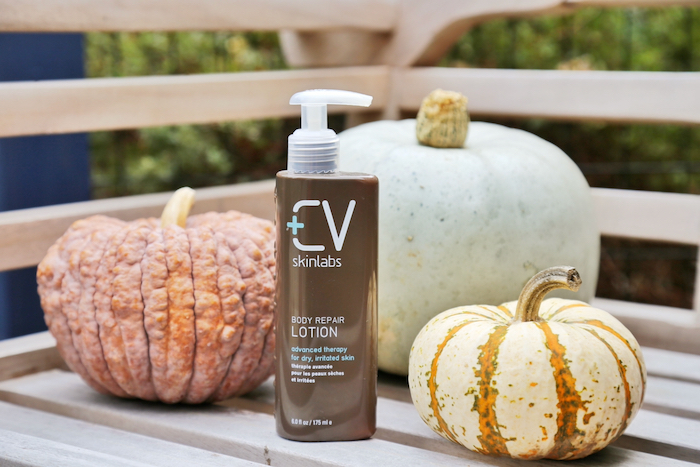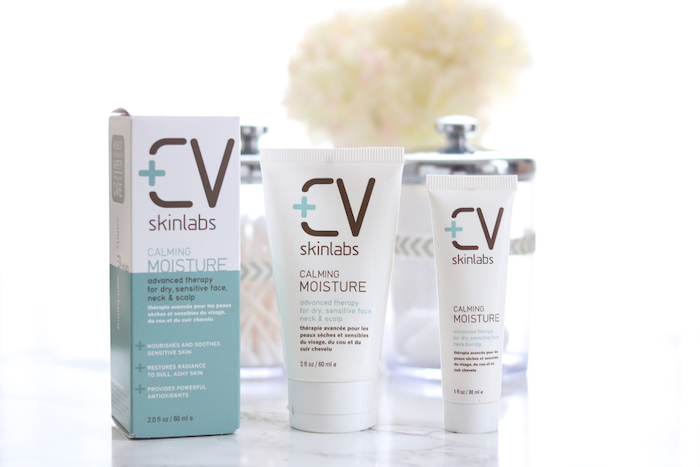[ad_1]
If you have skin redness, does that automatically mean that you have sensitive skin?
Or is it a different thing?
Either way, how can you make it better?
We answer all these questions below!
What is Skin Redness?
Skin redness—sometimes called erythema or flushing—is usually a symptom of some other skin problem. The skin takes on a reddish hue for some reason. It may develop a rash-like appearance, swell up, itch, burn, or feel irritated.
Whatever is causing it, red skin is a very common occurrence. A bug bite, for instance, or a sunburn can cause it. But for some people, it can be a chronic issue—coming and going many times over an extended period.
Is Skin Redness a Sign of Sensitive Skin?
According to dermatologists, most people with sensitive skin deal with some amount of redness, including rash, red bumps, blushing and flushing, or red dilated blood vessels.
If you’re someone who regularly suffers from some form of red skin, you likely have sensitive skin. It could be that your skin is reacting to an allergen or ingredient in your skin care products, or that you have an inherited condition like rosacea that causes periodic flushing.
It is possible to have sensitive skin and not have redness, but it’s uncommon. Usually, if your skin is truly sensitive, it will react and create issues that include red skin.
What are the Causes of Skin Redness?
Part of the reason it can be difficult to treat skin redness is that there are so many factors that may contribute to it. Here are some of the most common ones.
- Dry skin: Dry skin can lead to skin redness. Excessive dry skin can trigger eczema in those who are vulnerable to the condition.
- Eczema: Those who have eczema can experience flare-ups that include dry skin and redness.
- Rosacea: Rosacea is a skin condition that causes flushing and can progress over time to cause long-term redness, typically on the face.
- Psoriasis: This is a long-term condition that causes the overproduction of new skin cells, resulting in red, dry, crusty patches of skin.
- Seborrheic dermatitis: This skin condition causes a red rash, most commonly on the face.
- Allergic reactions: If you’re allergic to something and you touch it, your skin can react by becoming red, swollen, and inflamed. Common irritants include soaps, detergents, dyes, fragrances, and latex.
- Medical diseases: Some medical diseases like lupus and shingles can cause red skin.
- Cancer treatments: Radiation and chemotherapy can make the skin thin, sensitive, red, and inflamed.
- Skin infection: As the immune system fights the infection, the skin will turn red and swollen.
All of these conditions and more can create red skin. The question is: how can you reduce the redness?
How to Deal with Skin Redness
To help tame the redness and improve your skin condition—even if you have an incurable skin condition like rosacea—try these steps.
1. Start with prevention.
- Avoid harsh and drying soaps—use moisturizing, nourishing cleansers that are fragrance-free
- Wash gently—avoid harsh scrubbing and sharp exfoliating agents.
- Use sunscreen every day—choose a safe, non-chemical option like zinc oxide. Meanwhile, avoid sun exposure as much as possible.
- Avoid dietary triggers like hot beverages, spicy foods, alcohol, and large, hot meals.
- Get enough omega-3 fatty acids in your diet—they naturally help reduce inflammation. Salmon, anchovies, walnuts, flaxseed, and mackerel are all good sources.
- Avoid rough treatments like microdermabrasion and acidic products like alpha-hydroxy acids as they can exacerbate inflammation and sting.
2. Use anti-inflammatory skin care products.
Look for skincare products that include anti-inflammatory ingredients. These include natural oils like olive and jojoba, vitamin E, chamomile, essential fatty acids, bisabolol, curcumin, beta-glucan, sea buckthorn oil, aloe vera, and Reishi mushroom—all ingredients included in our CV Skinlabs formulas.
Skin redness is often associated with inflammation, which is why our products are full of powerful anti-inflammatory ingredients. Our clinical studies show reduced skin redness when participants use of our products!
3. Cool off.
If you have rosacea, flushing, a heat rash, or sensitive skin, you can tame the redness by simply cooling down. Reach for a cool drink, apply a cold compress to the red area, or suck on some ice.
You can also spritz on some of our Rescue + Relief Spray. It has natural ingredients like cucumber and water lily that naturally remove heat and redness from the skin boosting moisturization.
4. Protect!
Everyone can benefit from protecting their skin from harmful UV rays, but if you have sensitive skin and redness, you need that protection even more.
Use hats, umbrellas, gloves, and sunscreen to protect yourself. Make sure your sunscreen has an SPF of at least 30 and is made of mostly zinc oxide, which is the safest sunscreen available.
5. Cleanse gently.
Skin that’s prone to redness will get worse if you use harsh cleansing products. Bar soaps, cleansing scrubs, and any cleanser that leaves your skin feeling tight and dry qualify. Use a gentle, water-soluble, cream-based cleanser without harmful sulfates to cleanse your skin, then pat (never rub) dry.
6. Tone without alcohol.
Toning is a healthy step to include in your skincare routine, but don’t use an alcohol-based toner. Look for one that has ingredients that will replenish and calm skin.
We suggest our Rescue + Relief Spray. Its natural anti-inflammatory ingredients will help calm your skin while mushroom and turmeric extracts protect you from outside assaults.
7. Moisturize regularly.
Red skin is often damaged skin. That means the outer barrier has been broken down, making it more difficult for the skin to hang onto moisture.
Moisturizer helps, but many common moisturizers are made with petrolatum, alcohol, preservatives, fragrances, and other irritating ingredients. Ditch these and try our Calming Moisture instead.
It’s designed to help soothe red, irritated skin. We have aloe to help calm and soothe and natural moisturizing oils like sunflower and jojoba. Chamomile flower extract tames inflammation, and oat extract reduces redness and itch.
8. Don’t over-exfoliate.
Exfoliation is the key to speeding up cell turnover and revealing young, vibrant skin, but if you’re prone to redness, understand that it’s easy to overdo it.
Watch your skin for clues. Usually, exfoliating one-to-two times a week is normal, but if your skin is reacting with redness, back off to only once a week or once every other week.
9. Treat your skin overnight.
Nighttime is when your skin repairs itself—the ideal time to apply products that will help your skin resist redness.
Apply your favorite night cream to help heal your skin while you sleep. We recommend our Calming Moisture, as it works equally well day and night, but whatever you choose, look for soothing, skin-renewing ingredients like aloe, shea butter, natural oils, anti-inflammatories, and antioxidants.
10. Use cold products!
You can store your cleansers, toners, sprays, lotions, and creams in the refrigerator, and you’ll get the added benefit of restricting capillaries when you use them. Our Rescue + Relief Spray is a real star when applied cold!
How do you deal with skin redness?
[ad_2]


